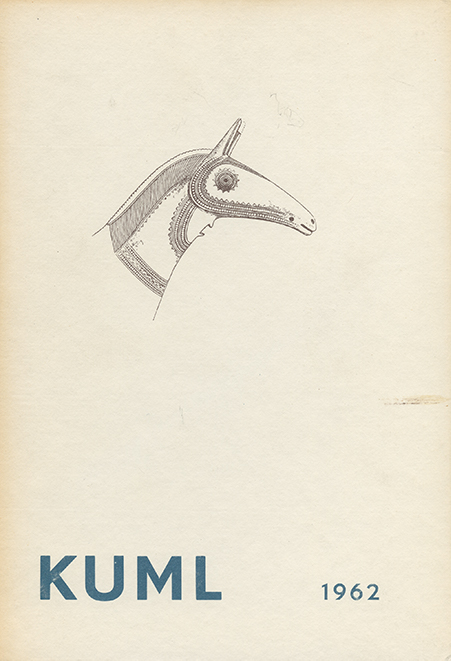Gudenåkulturen ved Varde Å
DOI:
https://doi.org/10.7146/kuml.v12i12.103929Nøgleord:
Gudenåkultur, Gudenaa culture, bopldas, settlement, syd jylland, South jutlandResumé
Gudenaa Settlements in South Jutland
In the years 1958-62 the authors systematically investigated the area around the middle course of the Varde River and its main tributaries. The investigation discovered 75 settlement sites, represented by a total of 1936 implements and a large quantity of blades, cores and swarf. Most sites, including the largest, lie immediately at the confluence of the tributaries and the main river (fig. 1). These have been preferred sites, and the implement inventory frequently proves to represent several periods of occupation. On many of the larger sites the inventory includes Neolithic polished axes. The smaller sites along the main river, to the contrary, give the impression of representing single short-term occupations, and are therefore of importance to a study of the Gudenaa Culture in its various phases. Site 6 at Hodde East seems thus, with its definitely microlithic character and its many lanceolate microliths, to belong to the earliest group, related to the Maglemose Culture (figs. 2-3). Site 40 (fig. 4), on the other hand, with its technique of massive blades is a typical representative of the later phase of the Gudenaa Culture, the time of its widest extension in the Atlantic Period. The majority of the sites by the Varde River belong to this late period.
Clara Håhr Christiansen og Kaj SkelmoseDownloads
Publiceret
Citation/Eksport
Nummer
Sektion
Licens
Fra og med årgang 2022 er artikler udgivet i Kuml med en licens fra Creative Commons (CC BY-NC-SA 4.0).
Alle tidligere årgange af tidsskriftet er ikke udgivet med en licens fra Creative Commons.


